Creating a PDF is straightforward. But editing a PDF is tricky—if you don't have the right tools.
As a freelance writer who's written extensively about PDF editing platforms, I've tested my fair share of PDF editor apps. Here, I'll walk you through all the free tools you can use to seamlessly edit a PDF in Windows.
How to edit a PDF with Microsoft Edge
If all you need to do is annotate a PDF, you can skip the fuss of downloading a plug-in or signing up for a new app. Instead, use Windows' built-in web browser, Microsoft Edge.
Note: You can also edit a PDF using other browsers like Google Chrome or Opera, but you'll first need to install a plug-in.
To get started, simply right-click the PDF file you want to edit. Then click Open with > Microsoft Edge.

Your PDF will open in a Microsoft Edge window along with a menu bar of annotation tools: highlight, draw, erase, and add text.

Here's an overview of how to use each tool.
Highlighter. To highlight text, select the text you want to highlight, right-click it, and then click Highlight. Alternatively, you can click the Highlight tool from the menu bar, choose the color and brush thickness, and then highlight the desired text.
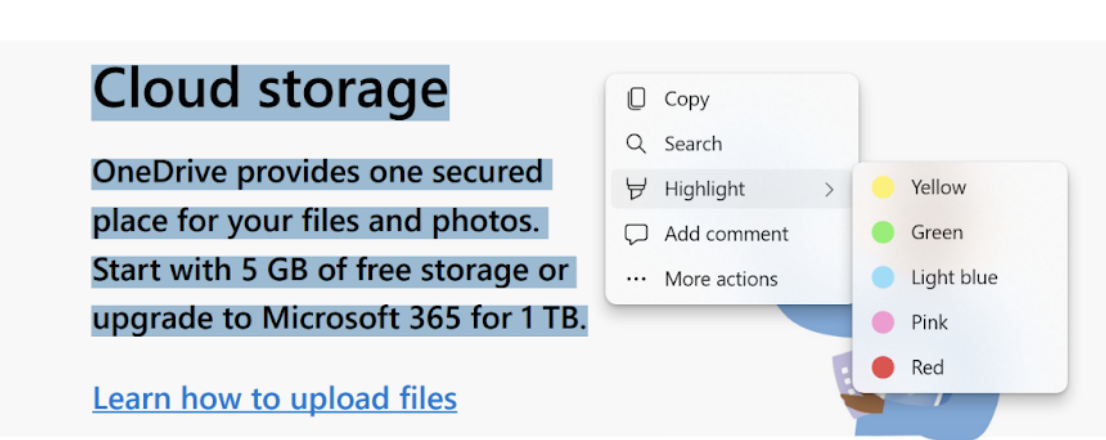
Draw. To add a sketch, click the Draw tool from the menu bar, and then select the color and stroke size. From here, you can draw anywhere within the borders of the PDF.
Add text. To add text—not a comment—directly to the PDF, click the Text tool, and then click the space where you want to add text. A text menu will appear above your text box, which allows you to customize your text color, size, and letter spacing. Once you've formatted your text, you can add text. Alternatively, you can type first and edit the formatting after.
Erase annotations. Need to erase the drawing or text you just added? Simply click the Erase tool, and drag your cursor over the area you want to clear. Note: This will not erase any of the PDF's original text or images.
You can also add comments to the PDF, but the tool isn't visible in the menu bar for some reason. To add a comment, highlight the text that you want to add a note to, right-click it, and click Add Comments. Once you've added your comment to the sticky note-like box, click the checkmark (✓) to save it.
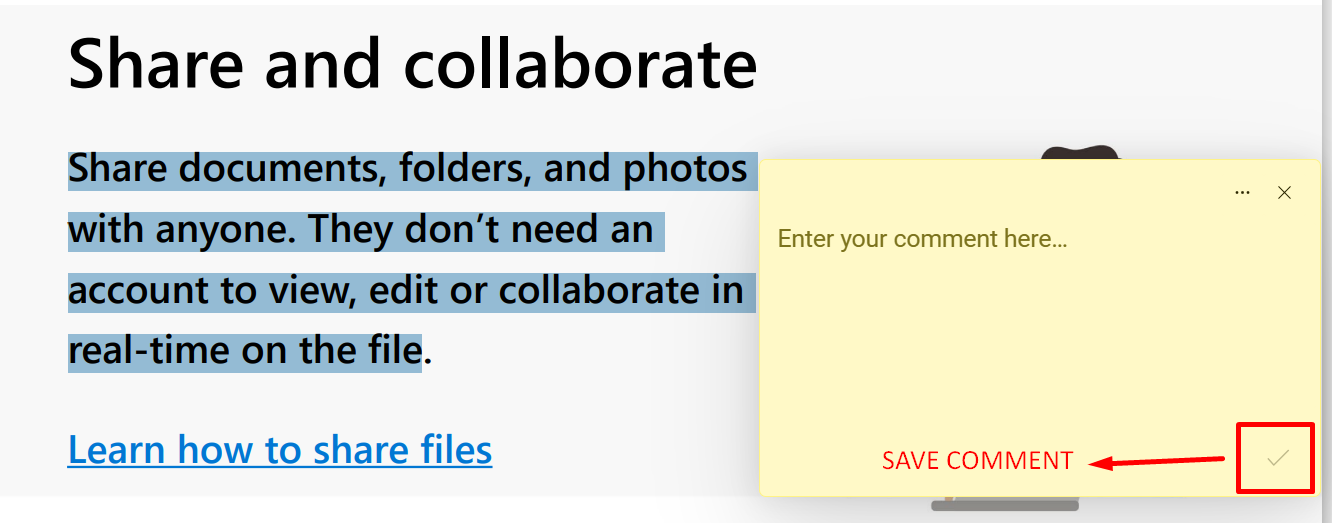
Once you've finished editing your document, click Save or Save As from the browser menu.
Note: The original elements in your PDF file may impact your editing abilities. For example, if a block of text was added to the PDF as an image instead of plain text, you may not be able to modify the text.
How to edit a PDF with Microsoft Word
If you're more comfortable editing text or leaving comments in Microsoft Word, I've got you covered.
Before you can begin editing, you need to convert your PDF into a Word document. If there are no complex elements in your PDF file, simply right-click the PDF file you want to edit. Then click Open with > Microsoft Word. Alternatively, you can open the PDF file directly from Microsoft Word.
Tip: Elements such as tables, end notes, and font effects are known to be problematic when converted from a PDF to Word format. If your PDF includes any of these, I would not recommend using Microsoft Word to edit your PDF.
Now you can edit your PDF file the same way you would a regular Word document—i.e., you can add text, insert images, add shapes and drawings, modify the layout, and more.
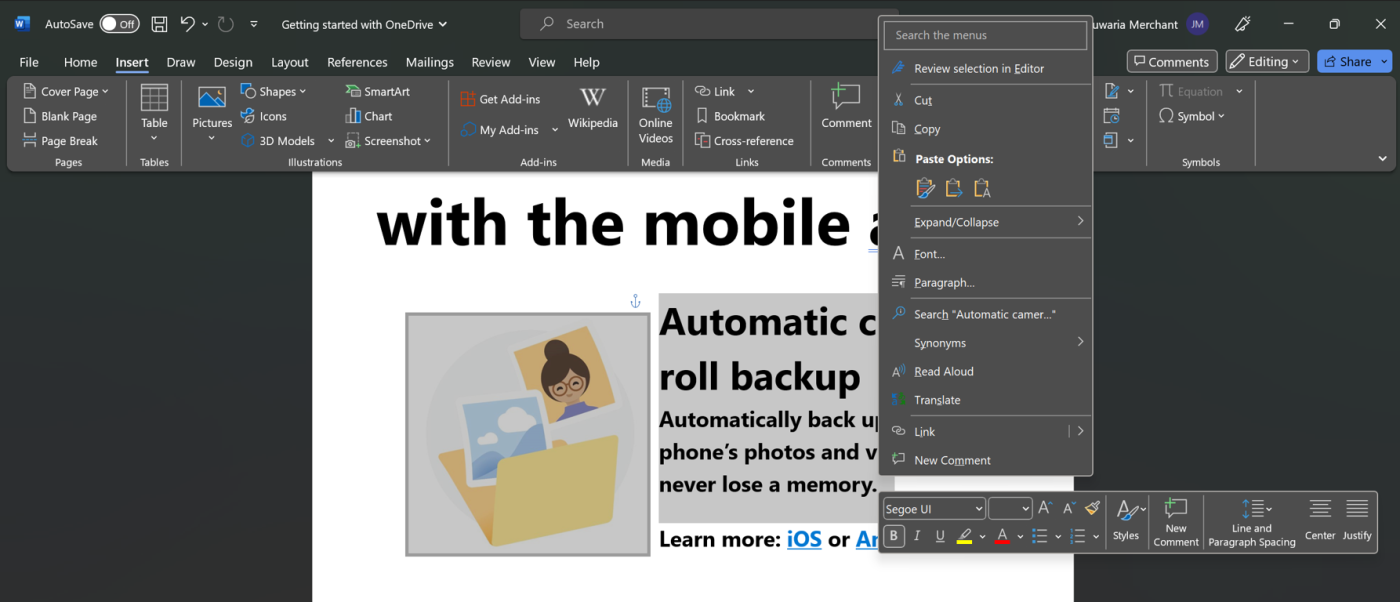
Once you've finished editing your document, click File > Save As. By default, the file format will be set to save as a .doc or .docx (depending on which version of Microsoft Word you're using). Change this to .pdf, and then click Save.
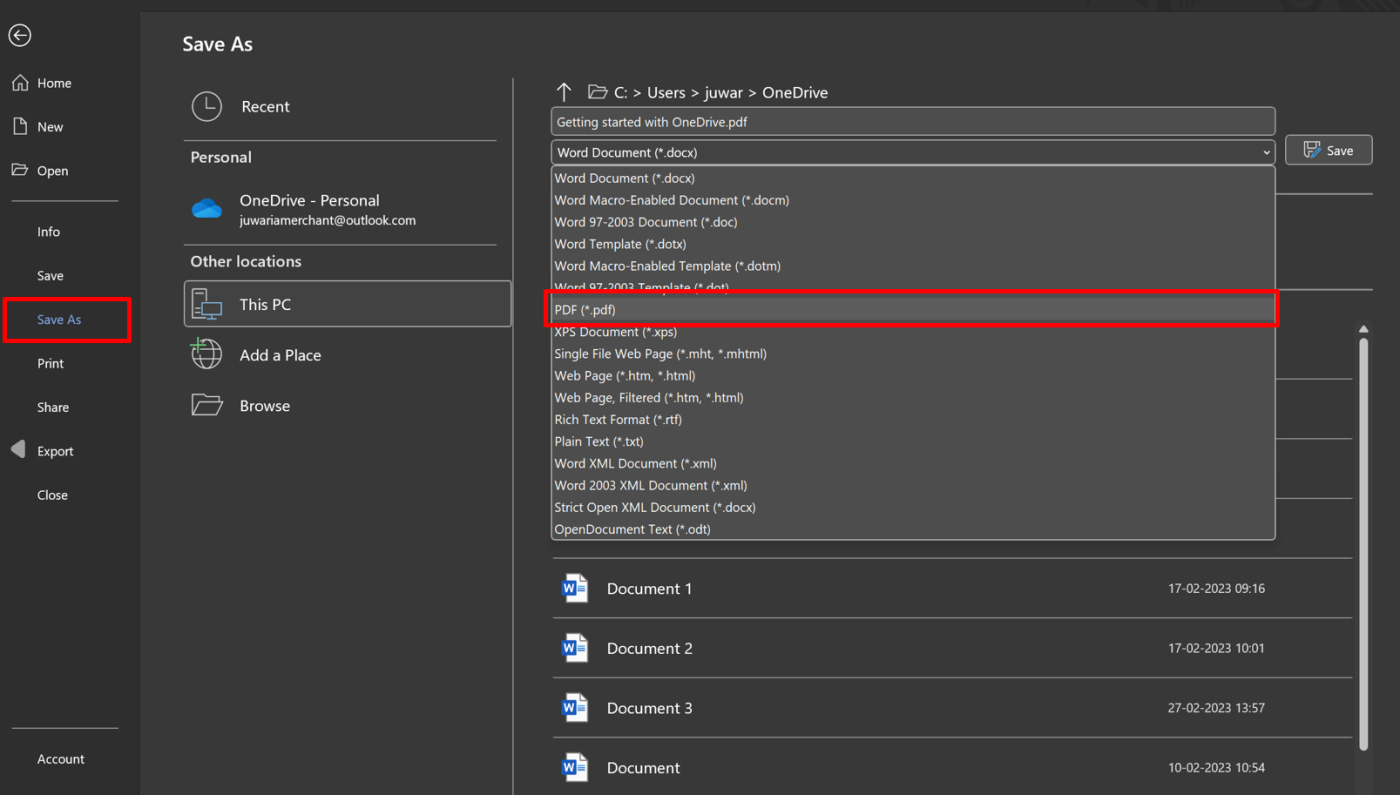
How to edit a PDF with Adobe Acrobat Pro
Before we get into Adobe Acrobat, there are a few notes worth mentioning:
Free vs. paid subscription. I'm using a free version of the app, which provides access to a limited set of editing tools. If you need more advanced editing capabilities, such as the ability to add images, crop files, and use password protection, you'll need to upgrade to a paid subscription. But before you do that, keep scrolling to explore other free apps that are available which offer the same features as Adobe Acrobat Pro.
Web version vs. app. The instructions in this article are based on the web version of Adobe Acrobat. If you're using the app, the instructions may vary slightly—but I'll let you know.
To get started, click Edit in the menu bar, and a list of editing options will appear in three categories: Edit a PDF, Organize a PDF, and Secure a PDF. Let's say you select Number pages from the Edit a PDF section: Adobe will automatically display the relevant tools to number your pages, like Position on page and Page range, making it that much faster to complete your edits.
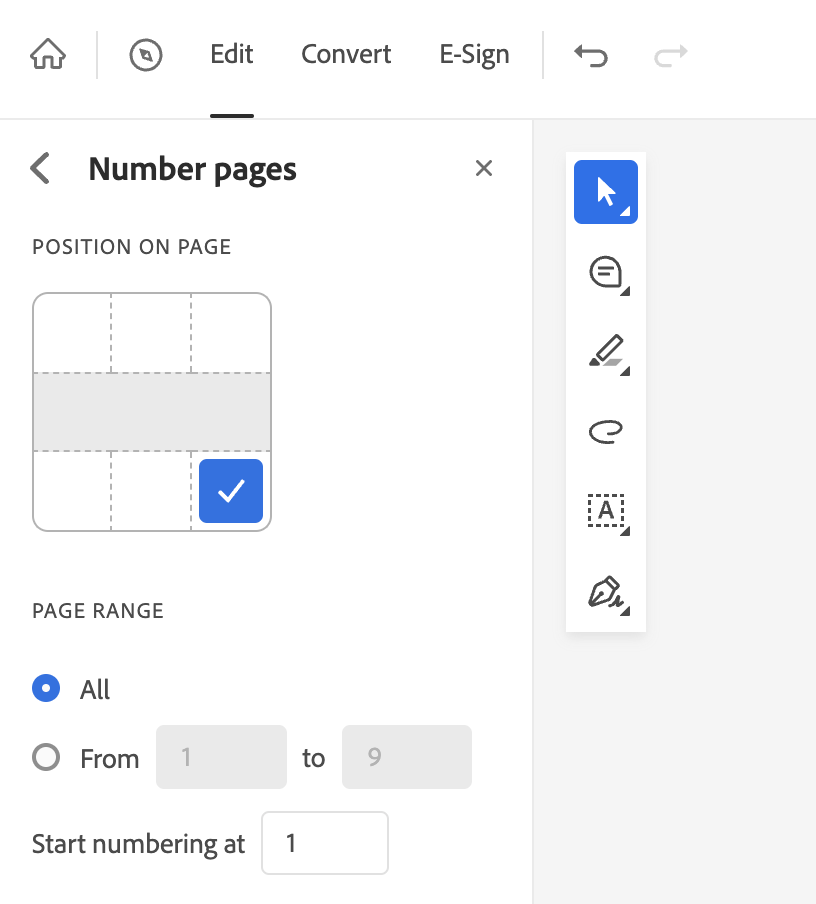
Choosing one category of editing actions doesn't preclude you from accessing the other categories.
Here's an overview of how to use the Edit a PDF tools.
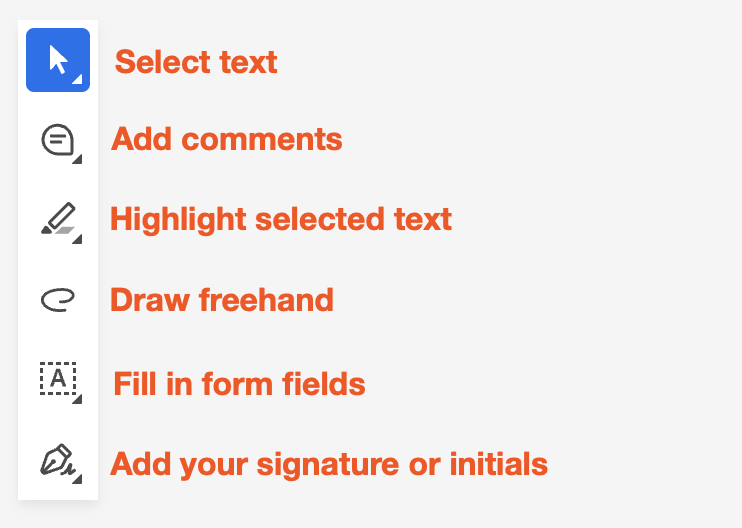
Select text. Let's say you've finished highlighting a line of text. Now you want to draw a diagram beside it. First, you have to click the Select text tool, click the area on the PDF where you want to draw, and then click the Draw freehand tool.
Add comments. Use this tool to add and track comments. Once you select this tool, you'll also have the option to modify the color of your comment icon to make it stand out. To view a comment, click on the icon, and the relevant comment will be highlighted in the Comments pane.

Highlight selected text. Once you select this tool, you'll also have the option to modify the color and thickness. Need to underline or cross out text? Click the tool, and change it to Underline or Strikethrough.
Draw freehand. If you want to add a sketch to the document, use this tool. Similar to the highlighter, you can customize the color and thickness.
Fill in form fields. This tool contains all the tools you might use to fill in blank fields on a form: Type text, Checkmark, Crossmark, Dot, Circle around, and Cross out.
Add your signature or initials. You can use this tool to type, draw, or upload an image of your signature or initials. If needed, you can also change signature colors.
Once you're done, click Download.
Tip: By default, your file will automatically be saved in your computer's Downloads folder. To prevent a pileup of digital chaos, give your file an accurate name and home as soon as you create it. Alternatively, set aside time on a regular basis for a quick and easy digital declutter.
Other ways to edit a PDF on Windows for free
Let's say you only need to edit a PDF once in a blue moon—but when you do, you need all the advanced editing capabilities of Adobe Acrobat Pro. It probably doesn't make sense to pay for a subscription, so here are some other apps that give you access to the same editing tools—for free.
In addition to being free, another benefit of using these tools is that you can edit directly on the web—no app downloading necessary. I've used all of these tools in the past, and I can vouch for the fact that they're all worth checking out.
Note: For the most part, almost all of these free tools provide advanced capabilities such as annotation tools, eSignatures, file conversions, and file organization (e.g., extracting pages and merging documents).
Related reading:






